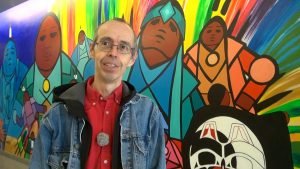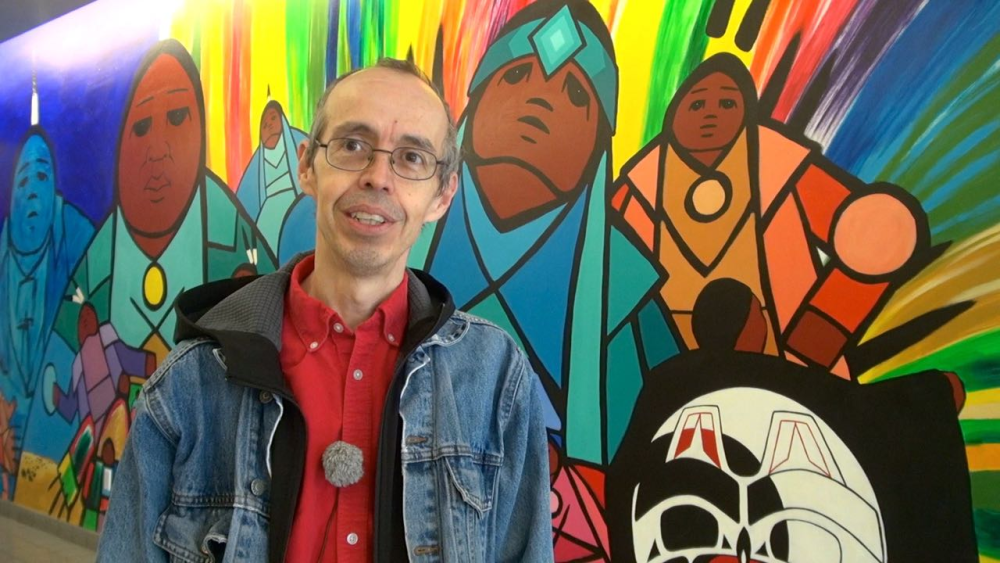Ian Cullis has a hard job. He works on the B.C. Non-Profit Housing Association and as part of his role he helps social housing operators conduct energy audits of their facilities and find ways to save energy on their operations. "In B.C., there are 800 non-profit societies, 2,500 buildings and over 100,000 units of social housing," says Cullis.  The job is hard because social housing units use 52 per cent more energy per unit area compared to market housing. Worse yet, in buildings where the tenants don’t pay directly for the utilities, they use 133 per cent more energy per unit area. So there have been calls a move to a "pay-to-play" model for energy. Social activists might call it regressive, but unlike rent, utility costs can be reduced through behavior — because how people behave dramatically affects their energy use. To address the behavioral component, Cullis and the non-profit housing organization have been working to educate tenants about energy conservation.
The job is hard because social housing units use 52 per cent more energy per unit area compared to market housing. Worse yet, in buildings where the tenants don’t pay directly for the utilities, they use 133 per cent more energy per unit area. So there have been calls a move to a "pay-to-play" model for energy. Social activists might call it regressive, but unlike rent, utility costs can be reduced through behavior — because how people behave dramatically affects their energy use. To address the behavioral component, Cullis and the non-profit housing organization have been working to educate tenants about energy conservation.
Energy efficiency is key
Cullis says energy efficiency is very important for social housing because more efficient buildings are more comfortable. They also save us money and move us towards our long-term climate goals. Not to mention that people who live in social housing don’t tend to have the disposable income to perform their own retrofits. In many jurisdictions there is very little money available for energy retrofits of social housing. But about six years ago, the B.C. government set up the Energy Efficiency Retrofit Program for Social Housing. It has a modest annual budget of $700,000, but it’s helped Cullis get some social housing agencies involved with energy and cost-saving initiatives. "Over the past six years, we have saved 10 gigawatt-hours in electricity and 26,000 gigajoules worth of natural gas," says Cullis. That’s over a million dollars a year in savings.
The Leman Building
 As an example, Cullis toured us through the Leman Building operated by the Vancouver Native Housing Society on 27 West Pender Street in Vancouver. Patrick Snow Wolf, the building and assets manager for the Leman Building, says they did a lighting and boiler retrofit and replaced some piping. From this, they are saving $2,000 per year on lighting costs and another $4,000 per year with their more efficient boilers. Many social housing agencies don’t have the capacity to explore things like energy efficiency, so this is where Ian Cullis and the B.C. Non-Profit Housing Association comes in. "The size of the benefit is pretty huge," says Cullis. "In a building like this one, the lighting retrofit was $17,000. BC Hydro paid a $2,000 incentive, and B.C. Housing paid $8,000. So the society ended up paying $7,000 for a $17,000 lighting retrofit." Part of the challenge of doing energy efficiency projects in social housing is the complex web of players. They can create split incentives or no incentive at all. So in the past when the housing organizations did retrofits all the benefits flowed to B.C. Housing. "It's a disincentive to energy efficiency," says Cullis. "And I think five years ago, most of these buildings weren't doing energy efficiency projects. So with the partnership between us, B.C. Housing and the utility companies, we've been able to create a program that feeds the savings back to the society in terms of a rebate when they complete their projects."
As an example, Cullis toured us through the Leman Building operated by the Vancouver Native Housing Society on 27 West Pender Street in Vancouver. Patrick Snow Wolf, the building and assets manager for the Leman Building, says they did a lighting and boiler retrofit and replaced some piping. From this, they are saving $2,000 per year on lighting costs and another $4,000 per year with their more efficient boilers. Many social housing agencies don’t have the capacity to explore things like energy efficiency, so this is where Ian Cullis and the B.C. Non-Profit Housing Association comes in. "The size of the benefit is pretty huge," says Cullis. "In a building like this one, the lighting retrofit was $17,000. BC Hydro paid a $2,000 incentive, and B.C. Housing paid $8,000. So the society ended up paying $7,000 for a $17,000 lighting retrofit." Part of the challenge of doing energy efficiency projects in social housing is the complex web of players. They can create split incentives or no incentive at all. So in the past when the housing organizations did retrofits all the benefits flowed to B.C. Housing. "It's a disincentive to energy efficiency," says Cullis. "And I think five years ago, most of these buildings weren't doing energy efficiency projects. So with the partnership between us, B.C. Housing and the utility companies, we've been able to create a program that feeds the savings back to the society in terms of a rebate when they complete their projects."
But that still leaves the hardest nut to crack — human behaviour. Whether they live in social housing or market housing, people who don’t pay their own utility bills use a lot more energy. But that is why programs like this and say, a carbon levy, are a good thing. They make people aware of their energy use — and awareness is the first step on the road to change.










